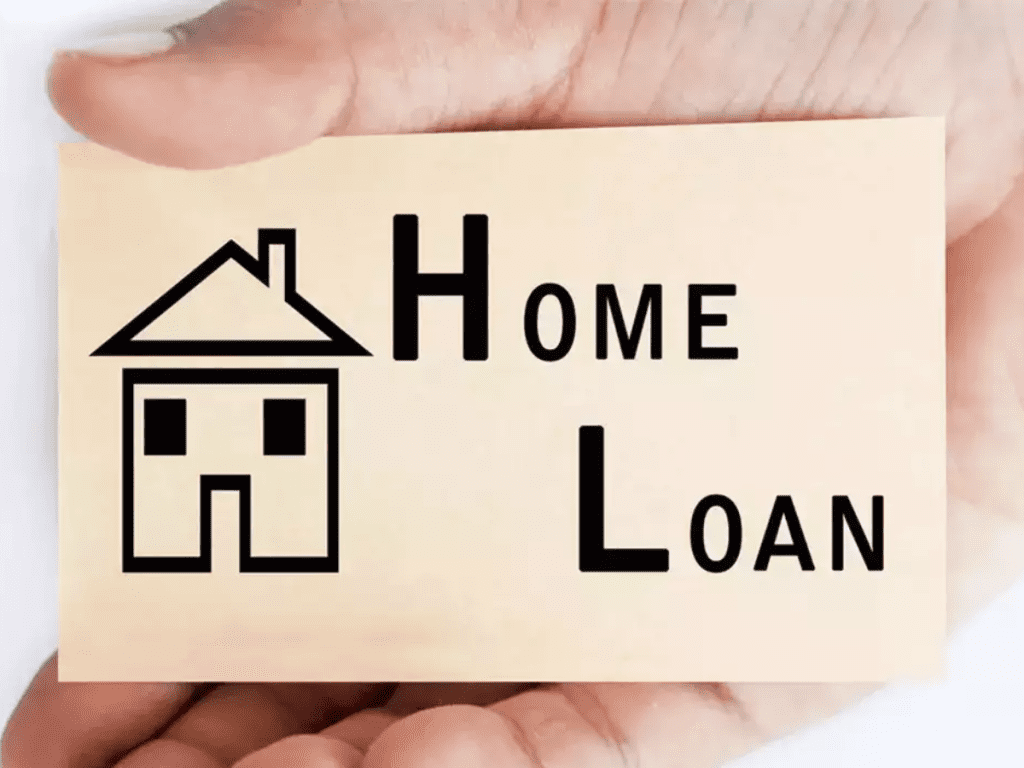Introduction
Purchasing a home is one of the most significant financial decisions you’ll ever make, and selecting the right home loan is a crucial part of that process. With numerous options available, choosing the best home loan can seem overwhelming. This guide provides a comprehensive checklist to help you navigate the complexities and make an informed decision.
Understand Your Financial Situation
Before you start exploring home loan options, it’s essential to have a clear understanding of your financial situation. This will allow you to determine how much you can afford and avoid overstretching your budget.
- Evaluate Your Income and Expenses: Calculate your monthly income and expenses to determine how much you can allocate to mortgage payments. Include all sources of income and ensure you account for fixed and variable expenses.
- Assess Your Credit Score: Your credit score significantly impacts your eligibility for a home loan and the interest rate you’ll be offered. A higher credit score often leads to better loan terms.
- Build Your Savings: Apart from the down payment, you’ll need to cover other costs like closing fees, moving expenses, and potential repairs. Ensure you have enough savings to handle these.
- Determine Your Debt-to-Income Ratio (DTI): Lenders consider your DTI ratio when evaluating your application. A lower DTI indicates better financial health and improves your chances of approval.
Research Loan Types
There are various types of home loans, each with its own features, benefits, and drawbacks. Understanding these options will help you choose the one that best fits your needs.
- Fixed-Rate Mortgages: These loans have a consistent interest rate and monthly payments throughout the loan term. They are ideal for borrowers who prefer stability and long-term planning.
- Adjustable-Rate Mortgages (ARMs): ARMs offer lower initial interest rates, which can adjust periodically based on market conditions. They’re suitable for those planning to sell or refinance before the rate changes.
- Government-Backed Loans: Loans like FHA, VA, and USDA loans are designed for specific groups, such as first-time buyers, veterans, and rural residents. They often come with lower down payment requirements and competitive rates.
- Interest-Only Loans: These allow you to pay only the interest for a set period, followed by higher payments later. They can be risky but might suit buyers expecting a significant income increase.
- Jumbo Loans: For homes exceeding the conforming loan limit, jumbo loans are available. They typically require a higher credit score and down payment.
Compare Lenders
Not all lenders are created equal, and it’s vital to shop around to find the best deal.
- Check Interest Rates: Even a small difference in interest rates can have a significant impact over the life of the loan. Compare rates from multiple lenders.
- Evaluate Fees: Look beyond the interest rate and examine fees such as origination fees, application fees, and prepayment penalties.
- Read Reviews: Customer reviews can provide insights into a lender’s reputation, customer service, and efficiency in processing loans.
- Consider Special Offers: Some lenders offer discounts or incentives, such as reduced fees for auto-pay setup or loyalty discounts for existing customers.
Understand Loan Terms
The terms of a loan dictate your monthly payments and the total cost of borrowing. Make sure you fully understand them before committing.
- Loan Amount: Ensure the loan amount covers the purchase price and any additional expenses you plan to finance.
- Loan Term: Common terms include 15, 20, or 30 years. Shorter terms usually have higher monthly payments but lower total interest costs.
- Prepayment Options: Some loans allow prepayment without penalties, enabling you to pay off your loan faster and save on interest.
- Amortization Schedule: Understand how your payments are divided between principal and interest over time. This will help you plan your finances better.
Consider Down Payment Requirements
The down payment is a significant upfront cost, and the amount you’re able to pay can influence your loan terms.
- Minimum Down Payment: Some loans, like FHA loans, require as little as 3.5%, while conventional loans may need 5% or more.
- Private Mortgage Insurance (PMI): If your down payment is less than 20%, you may need to pay PMI, which increases your monthly costs.
- Down Payment Assistance Programs: Explore local and federal programs that can help first-time buyers with their down payments.
Review Closing Costs
Closing costs can add up to 2-5% of your loan amount. Knowing what to expect can help you budget accordingly.
- Understand the Breakdown: Closing costs may include appraisal fees, title insurance, attorney fees, and more. Ask for a detailed estimate.
- Negotiate Costs: Some fees, like application or processing fees, may be negotiable. Don’t hesitate to ask for a discount.
- Request Seller Contributions: In some cases, sellers may agree to cover part of the closing costs.
Plan for the Future
When choosing a home loan, think about how your financial situation might change over time.
- Consider Job Stability: If your income is likely to increase, you might afford higher payments in the future, making certain loan types more viable.
- Think About Long-Term Goals: If you plan to move in a few years, an adjustable-rate mortgage could save you money. For long-term stays, fixed-rate loans offer stability.
- Account for Life Changes: Marriage, children, or retirement can impact your financial needs. Choose a loan that provides flexibility.
Seek Professional Advice
Sometimes, expert advice can provide clarity and confidence in your decision.
- Consult a Mortgage Broker: Brokers can help you compare multiple lenders and find the best deal for your situation.
- Talk to a Financial Advisor: An advisor can evaluate your overall financial health and recommend the best approach to financing your home.
- Work with a Real Estate Agent: Agents often have connections with lenders and can guide you through the home-buying process.
Prepare Your Application
A well-prepared application can streamline the approval process and improve your chances of securing favorable terms.
- Gather Necessary Documents: These may include proof of income, tax returns, bank statements, and identification.
- Ensure Accuracy: Double-check your application for errors or omissions that could delay approval.
- Pre-Qualify or Pre-Approve: Pre-qualification gives you an estimate of what you can borrow, while pre-approval shows sellers you’re a serious buyer.
Finalize the Loan
Once you’ve chosen a lender and loan type, it’s time to finalize the process.
- Review the Loan Estimate: This document outlines your loan terms, estimated payments, and closing costs. Ensure all details are accurate.
- Lock in Your Interest Rate: Interest rates can fluctuate, so consider locking in your rate to avoid surprises.
- Schedule a Home Inspection: Lenders often require an inspection to ensure the property meets certain standards.
- Sign the Closing Documents: Review the paperwork carefully before signing. Ask questions if anything is unclear.
By following this comprehensive checklist, you can approach the home loan process with confidence and ensure you’re making the best choice for your financial future. Choosing the right home loan isn’t just about getting the lowest interest rate; it’s about finding a loan that aligns with your needs and long-term goals.

